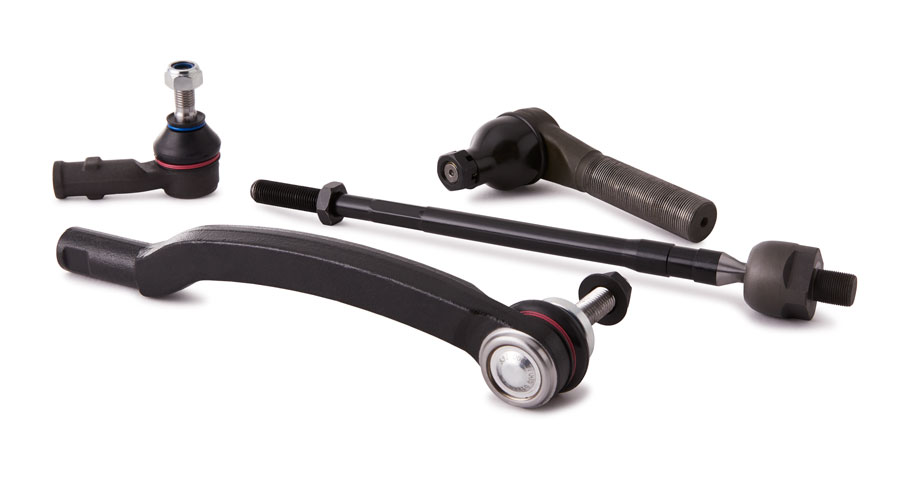
When you turn your steering wheel, a complex but precisely tuned system of mechanical components jumps into action, working seamlessly tie rods to change the direction of your vehicle. Among these crucial parts is the tie rod—a small but essential component in your car’s steering system. For those new to automotive terminology, understanding what tie rods are and how they contribute to steering can demystify a key part of vehicle handling and safety.
At its core, a tie rod is a slender structural bar that connects your vehicle’s steering rack (or center link) to the steering knuckle on each front wheel. It essentially acts as the link that translates the movement of your steering wheel into the turning of your wheels. Without tie rods, the steering system would lack the crucial mechanical connection needed to steer the wheels. The tie rod is comprised of two main parts: the inner tie rod and the outer tie rod. The inner tie rod is connected directly to the steering gear and moves in response to the steering wheel, while the outer tie rod connects to the steering knuckle and transmits that movement to the wheel itself.
Tie rods are equipped with flexible joints—typically ball-and-socket joints—that allow for a smooth and controlled range of motion. These joints enable the wheels to turn left or right as well as move up and down with the suspension system, ensuring that steering remains precise even on uneven terrain. These components must strike a delicate balance: they need to be strong enough to handle the forces generated by turning and braking, yet flexible enough to accommodate suspension movement without breaking or wearing out prematurely.
Over time, tie rods can wear out due to constant use, road impacts, or exposure to dirt and moisture. A failing tie rod often manifests in symptoms like uneven tire wear, poor alignment, a loose or shaky steering wheel, and clunking noises when turning. Left unchecked, a severely damaged tie rod can lead to a loss of steering control—an extremely dangerous situation, especially at higher speeds. This is why routine inspections and timely maintenance are vital. Many mechanics recommend checking tie rods during every alignment or tire change to ensure everything remains in working order.
Replacing a tie rod is typically a straightforward job for a professional mechanic, but it’s also a popular DIY repair for those comfortable working on their own cars. It’s important, however, to follow up any tie rod replacement with a proper wheel alignment. Even a slight misalignment can cause tire damage and reduce the vehicle’s handling performance. Thankfully, modern vehicles often make access to tie rods relatively easy, and parts are widely available.
Understanding tie rods is a great first step toward appreciating the intricacies of your car’s steering system. Though they may be small, their role in keeping your vehicle stable, responsive, and safe cannot be overstated. By knowing how they function and recognizing the signs of wear, drivers can take proactive steps to maintain their steering system and ensure a smoother, safer driving experience.
